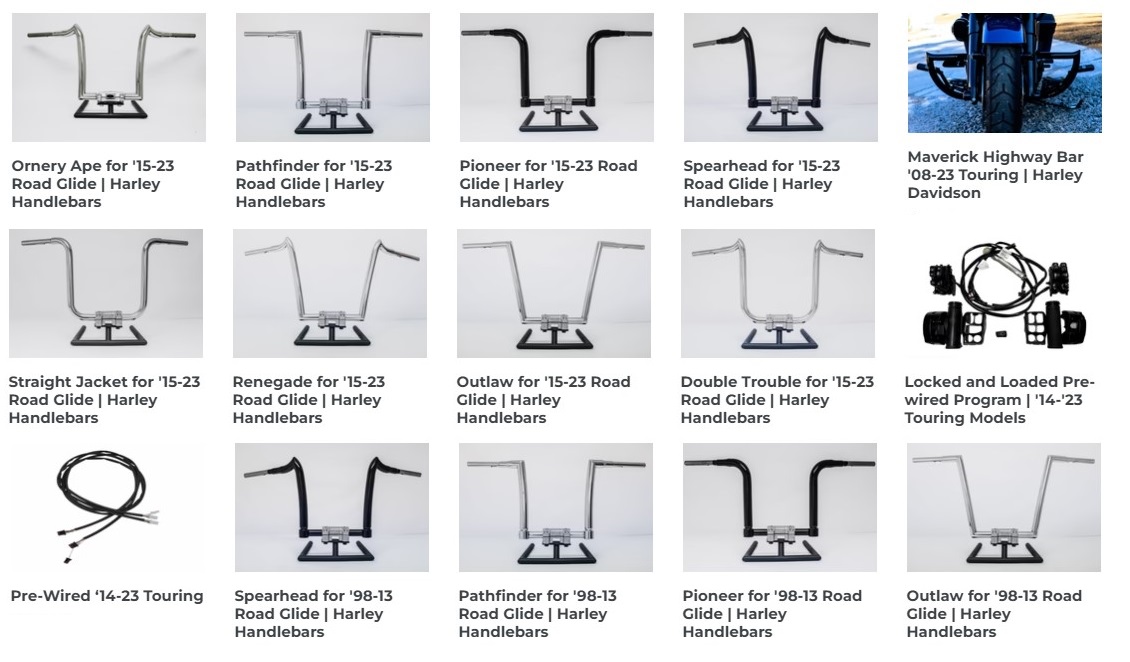Some Ideas on Motorcycle Boots You Need To Know
Some Ideas on Motorcycle Boots You Need To Know
Blog Article
The 8-Minute Rule for Motorcycle Boots
Table of ContentsAn Unbiased View of Motorcycle BootsThe Buzz on Motorcycle BootsUnknown Facts About Motorcycle BootsThe smart Trick of Motorcycle Boots That Nobody is Talking AboutRumored Buzz on Motorcycle BootsAll about Motorcycle Boots
The key components of contemporary motorbikes are offered listed below.; this has been utilized all through motorbike history but is now ending up being a lot more typical.It was extensively unpopular and typically considered a negative idea at the time. Today it is a used on some "thumpers" (single-cylinder four-strokes) that typically have dry-sump lubrication needing an exterior oil storage tank. It has since gained some cachet in the modern customized bike world too since of the room financial savings it can pay for and the reference to an earlier era.
Though any type of tank for fuel may be so called, the term is generally applied to part of an engine system in which the gas is stored and driven (gas pump) or released (pressurized gas) right into an engine. A motorbike fork is the portion of a motorcycle that holds the front wheel and allows one to steer.
Get This Report on Motorcycle Boots
The 'fork' on a motorcycle is composed of numerous components. The three-way trees (additionally known as yokes) hold the fork tubes (which consist of the fork springs), and are attached to the neck of the frame by the guiding stem.

, which needs both lubrication and adjustment for elongation (stretch) that takes place via wear. The lubricating substance is subject to being thrown off the fast-moving chain and results in crud and dust build-up. Chains do deteriorate, and excessive wear on the front and rear sprockets can be unsafe.
Conventional roller chain-drives suffer the potential for resonance, as the efficient radius of activity in a chain and sprocket combination continuously changes during the change ("chordal action"). If a drive sprocket rotates at consistent RPM, then the chain (and the driven sprocket) should accelerate and decrease continuously. Many chain-driven bikes are fitted with a rubber bushed rear wheel center to remove this vibration issue.
These chain oilers vary in sophistication, yet all add substantially to the life of the chain. he has a good point The customized of lubing by submersing the chain in a tin of warm oil stopped in the very early 1970s, when most chains had rubber "O'-rings. The original Suzuki RE5 of 1975 included a rear chain oiler, but the 1976 design had a closed chain, and its oiler was deleted as "unneeded".
An Unbiased View of Motorcycle Boots
A toothed belt is regularly utilized. They are not as durable when subjected to high horsepower as a chain. You can not alter the length and modification final drive ratios as quickly as chains. They likewise can not wrap as very closely around chains. And call for larger wheels compared to chain gears to obtain an effective last drive proportion.
Inside the bell housing a bevel equipment on the shaft mates with an additional on the wheel place. This plan is exceptional in terms of noise and cleanliness and is practically maintenance-free, with the exception of periodic fluid modifications.
The additional equipment collections are a source of power loss and included weight. Virtually all high-performance web racing motorbikes utilize chain-drive because they are the most mechanically reliable transmitting power to the back wheel.

The Facts About Motorcycle Boots Uncovered
There are tires developed for dirt bikes, touring, sport and cruiser bikes. Dust bike tires have knobbly, deep footsteps for optimum grasp on loose dust, mud, or crushed rock; such tires often tend to be much less steady and noisier on paved surface areas.
Exploring tires are normally made from a tougher rubber substance for higher resilience, these may last much longer yet often tend to supply less straight-out grasp contrasted to sporting activities tires at ideal operating temperatures. Touring tires usually use a lot more hold at lower temperature levels and can be a lot more fit to riding in cool or winter months problems where a sport tire may never ever reach its ideal operating temperature.
These often tend to have more powerful sidewalls as they are generally fitted to larger makers. Motorsport or racing tires offer the highest possible of levels of grasp. Because of the heats at which these tires typically run, use outside an auto racing atmosphere is hazardous, typically these tires do not reach their optimum temperature which supplies click site less than ideal grasp.
A Biased View of Motorcycle Boots

This can lead to brake dive. Brakes can either be drum or disc based, with disc brakes being much more typical on large, modern-day or much more pricey motorbikes for their much remarkable stopping power, especially in damp conditions. There are lots of brake-performance-enhancing aftermarket parts offered for most motorbikes, consisting of brake pads of varying compounds and steel-braided brake lines.
Report this page